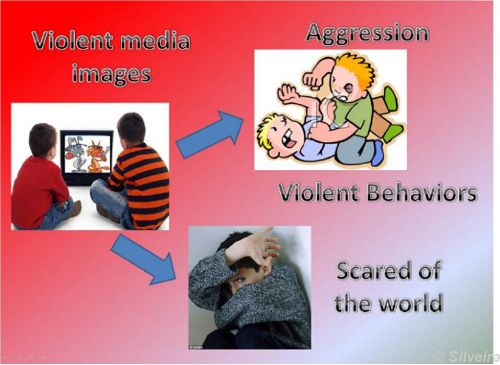#195 - Media Exposure in Children

References: Pfefferbaum, B., Seale, T. W., Brandt, E. N., Pfefferbaum, R. L., Doughty, D. E., & Rainwater, S. M. (2003). Media exposure in children one hundred miles from a terrorist bombing. Annals of Clinical Psychiatry, 15(1), 1-8.
Written by Mara Rowcliffe, BS.


 Give to Florida Tech
Give to Florida Tech 